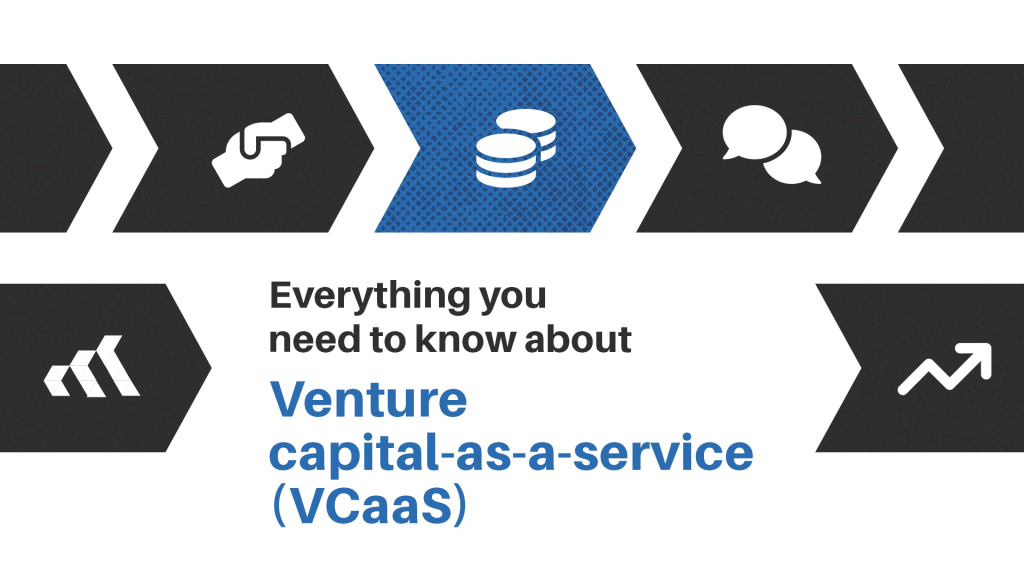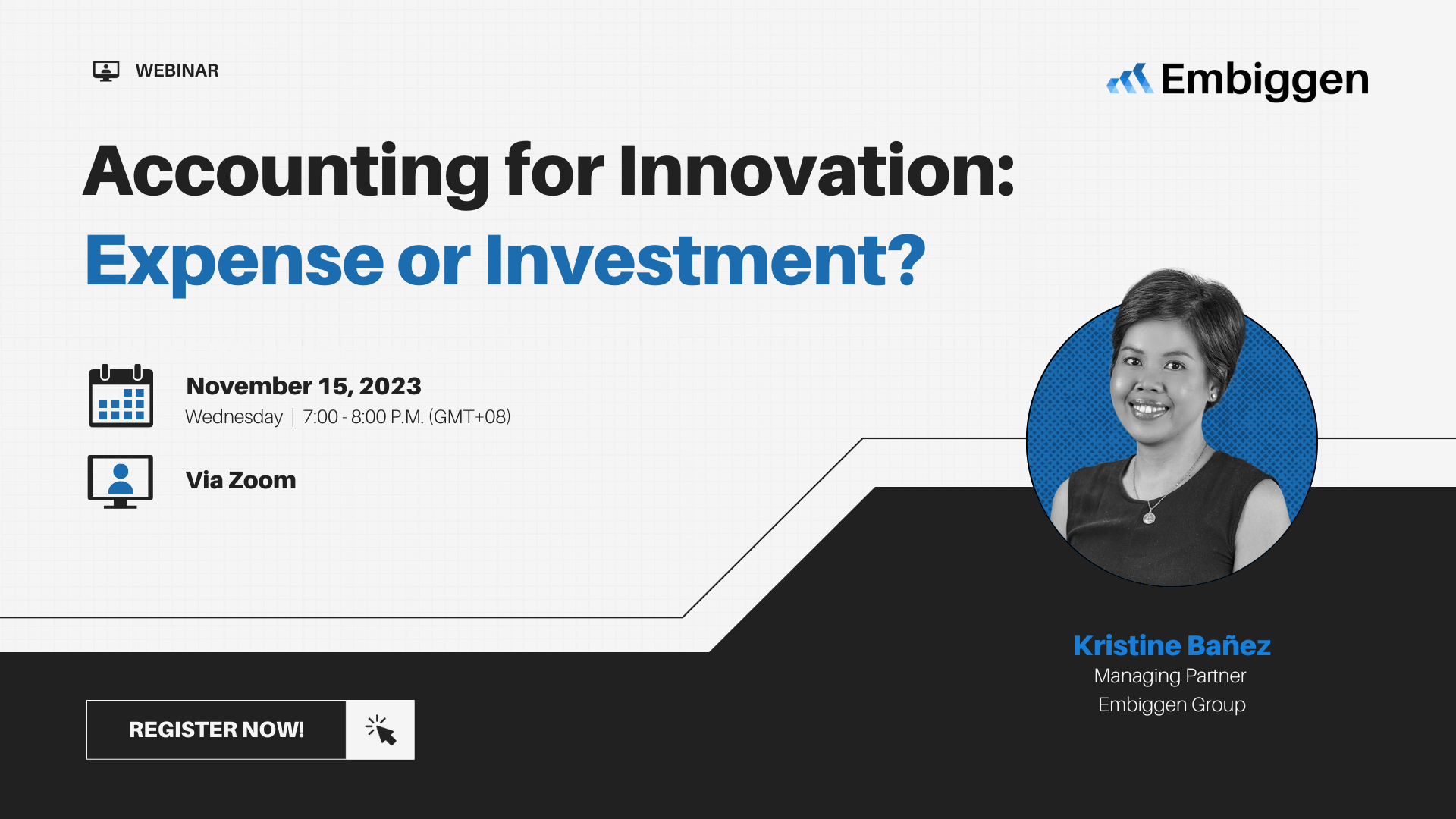Venture Capital-as-a-Service (VCaaS) is an evolution of the traditional venture capital (VC) model.
To refresh your memory and contextualize this article, VC goes back to 1947 when the first deal occurred. The American Research and Development company invested USD 200 thousand in a company developing a treatment for cancer, based on x-ray technology. Its investment was worth USD 1.8 million just under a decade later in 1955.
VC happens when investors—usually high-net-worth individuals, investment banks, and large corporations—provide monetary and managerial support to startups in exchange for equity. The startups they invest in have a strong potential to grow and give returns in the long run.
Investors support the growth of the startup they invested in with a common goal to significantly grow the startup. In the end, investors will sell their stake to a corporation that will then integrate the startup into its organization.
However not all organizations have this support on hand to make this all successfully happen. This is where VCaaS comes in.
What Is VCaaS?

Venture capital-as-a-service is an innovation model where a company partners with an external business, such as Embiggen Capital, that will act as its venture capital arm.
Why would any company do this?
Even though an organization has vast resources to invest in up-and-coming startups, it may not have the expertise to de-risk the investment process or the expertise to manage its own investment portfolio. To visualize how risky it is to invest in startups and other organizations, take a look at the case of Theranos and other tech unicorns that have since stumbled.
Theranos was once the hottest startup out of Silicon Valley, backed by the biggest names in business and a $9 billion valuation. That glitzy facade all came crumbling down when it came out that their allegedly revolutionary technology didn’t work at all.
It’s a case that perfectly elucidates how important due diligence is in the investment process – and consequently how important the investment team is throughout the whole VC process.
Thus, organizations prefer to fully outsource their VC efforts to experts with a proven track record instead of building and relying on their own in-house VC arm to de-risk the investment process. Furthermore, establishing an in-house VC arm is a lengthy, risky, and resource-intensive process in and of itself.
Acting like an in-house VC arm, the partner VCaaS firm helps the client company find potential investments, do due diligence, and manage the client’s investment portfolio to meet their strategic goals.
The VCaaS Process
While the strategic goals of each company may be different, the main goal of VCaaS is the same as that of venture capital: find and invest in startups that have a strong potential for long-term growth.
As with any VC deal, each VCaaS investment deal goes through a rigorous process that ensures a company’s goals are being met and resources are being invested in the right opportunities. Embiggen Capital, our VCaaS arm, follows an eight-step process detailed below.
As seen above, the process starts with an extensive half-year-long pre-investment period to ensure that an investment opportunity aligns with a company’s strategic goals and has a strong potential to give profitable gains.
The post-investment duration varies per deal because an investment first needs to grow to the point where the startup can exit by being sold to another company or through an initial public offering (IPO). According to 2000-2021 data by Statista, it took an average of 5.7 years for startups to exit through an IPO from their initial VC investment in the United States.
After going through this years-long arduous journey, you might be asking ‘what’s in it for the company that invested its time and resources?’
How Can VCaaS Help My Firm Grow And Innovate?

VCaaS is often the much better option for corporations looking to start investing through VC, as the alternative is going into the VC space without the right knowledge and people to manage its investments.
VCaaS helps de-risk investments for corporations that are not adept at VC as it is a high-risk, high-reward investment strategy.
Some sources in 2017 claimed that 95% of VCs are breaking even or are not profitable at all, and only 5% of VCs are successful.
By employing the VCaaS strategy, corporations get to partner with expert venture capitalists who will help manage and de-risk their VC activities. These experts often have years of experience and know the signs that imply that a potential investment deal has a good chance of succeeding and providing profitable returns.
Furthermore, through VCaaS, organizations will not have to start building a VC team from the ground up. They’ll utilize the venture capitalists and investors that the partner VCaaS firm already has on deck. The VCaaS firm can also help the corporation set up and support its own in-house VC team.
VCaaS and VC investments have the potential to significantly increase a company’s bottom line. Typically, a successful investment returns more than 3 times the original funding amount.
One of the biggest VC success stories was Sequoia Capital’s USD 60 million investment in WhatsApp. It first invested USD 8 million in 2011 and invested a further USD 52 million in 2013. This investment turned into USD 3 billion a year later when Facebook bought WhatsApp in 2014 for USD 22 billion.
Get the latest innovation news and exclusive event invites direct to your inbox. Subscribe to our newsletter!
Embiggen Capital: Your Venture Capital-As-A-Service Partner

Embiggen Capital is ready to be your VCaaS partner.
We go beyond being an external VC arm. Our VCaaS model is designed to amplify the innovation processes of our partner corporations.
Our team is composed of experienced venture capitalists, entrepreneurs, and innovators who have decades of experience combined working on innovation initiatives with corporations worldwide.
Schedule a strategy session with our team today and learn how we can co-invest in the next big thing.


